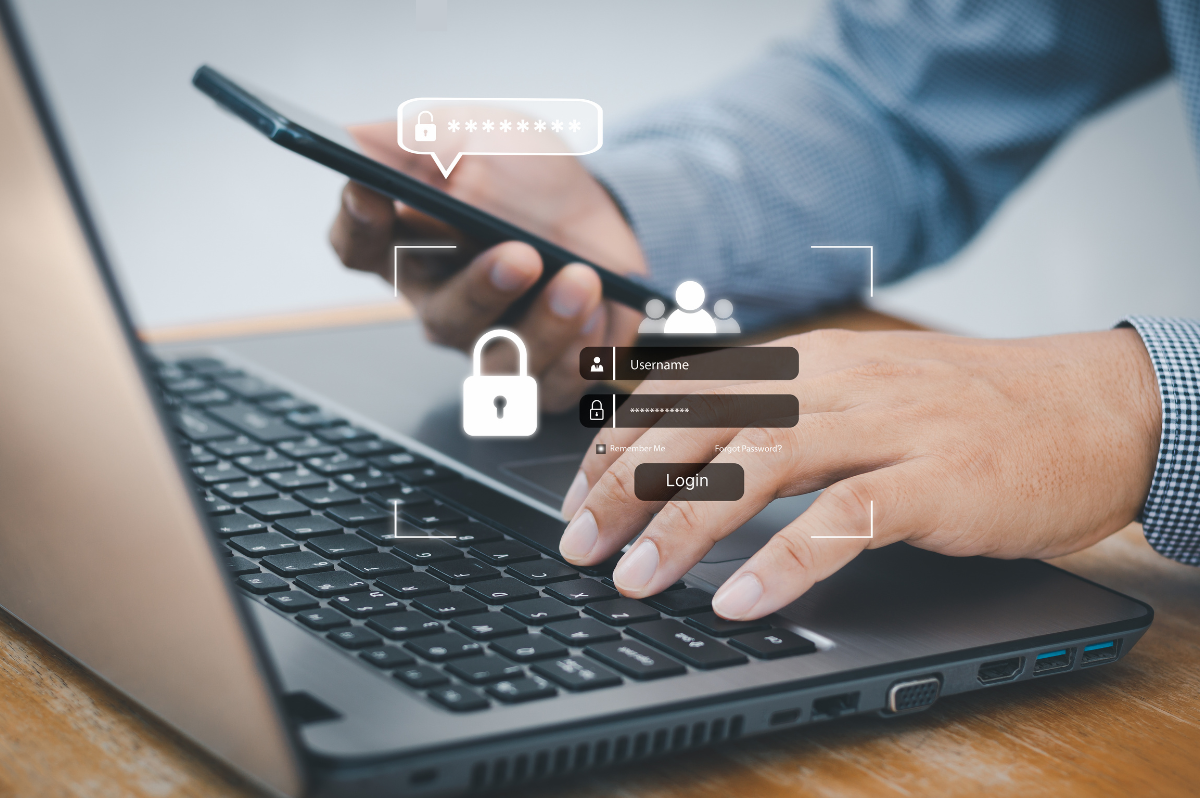What are the steps necessary conduct a network security audit?
If you have spent five minutes on our website or blog, you are probably well-versed on the notion that conducting automated and continuous security assessments of your network is the way to go, where pro-active and preventative security measures are concerned, so as to protect any company’s assets. Still, when new clients get started with one of the Portnox solutions, it is advantageous to kick things off with a simple, yet crucial, network security audit. When undertaking an initial security audit, it is important to use the most up-to-date compliance requirements to uphold security protocols. This clearly defines what CISOs should be looking at, and helps in shaping and setting up the future of your automated security monitoring and assessments.
Step 1: The Scope of the Security Perimeter
The first step in the auditing process is to clearly define the scope of the audit. For most companies and organizations this will include both managed and unmanaged devices and machines. Managed devices will encompass a list of computers, machines, devices and data bases that belong to the company directly, which contain sensitive company and customer data. Additionally, in a world that includes BYOD policies and IoT connected devices and machines, as well as contractors and visiting guests, the unmanaged segment of the network security audit should be positioned to continuously update visibility of all connected endpoints. Without clear visibility, it is impossible to create segmentation and remediation procedures. Thirdly, the security perimeter must include definitions relating to software that is allowed and not allowed so as to define a software perimeter as well. Finally, the scope should include all access layers: wired, wireless and VPN connections. In this manner, the scope of the audit will ultimately include all software and devices, in all locations, so as to ultimately define the security perimeter for the company.
Step 2: Defining the Threats
The next step is to list potential threats to the security perimeter. Common threats to include in this step would be:
- Malware – worms, Trojan horses, spyware and ransomware – the most popular form of threats to any organization in the last few years.
- Employee exposure – making sure that employees in all locations change their passwords periodically and use a certain level of sophistication; (especially with sensitive company accounts) as well as protection against phishing attacks and scams.
- Malicious Insiders – once onboarding has taken place- employees, contractors and guests – there is the risk of theft or misuse of sensitive information.
- DDoS Attacks – Distributed Denial of Service attacks happen when multiple systems flood a targeted system such as a web server, overload it and destroy its functionality.
- BYOD, IoT – these devices tend to be somewhat easier to hack and therefore must be completely visible on the network.
- Physical breaches, natural disasters – less common but extremely harmful when they occur.
Step 3: Prioritizing and Risk Scoring
There are many factors that go into creating the priorities and risk scoring.
- Cyber security trends – working with a network access control system in place that factors in the most common and current threats along with the less frequent, could save you and your CISOs a lot of time and cut costs, while at the same time defending the organization in an optimal framework.
- Compliance – includes the kind of data that is to be handled, whether the company stores/transmits sensitive financial or personal information, who specifically has access to which systems.
- Organization history – If the organization has experienced a data breach or cyber-attack in the past.
- Industry trends – understanding the types of breeches, hacks and attacks within your specific industry should be factored in when creating your scoring system.
Step 4: Assessing the Current Security Posture
At this point you should start to have an initial security posture available for each item included in your initial scope definition. Ideally, with the right access control systems in place, no internal biases affect your initial audit or any continuous risk assessments performed automatically later on. Additionally, making sure that all connected devices have the latest security patches, firewall and malware protection will assure more accuracy in your ongoing assessments.
Step 5: Formulating Automated Responses and Remediation Action
Establishing a corresponding set of processes designed to eliminate the risks discussed in step 2 includes a few solutions that should be included in this step:
- Network monitoring – establishing continuous automated monitoring and creating automated risk assessments will lead to improved risk management. Cyber offenders are typically working to gain access to networks. Activating software that automatically takes notice of new devices, software updates/changes, security patches, firewall installments and malware protection is the best way for any organization to protect itself. Ideally your CISOs should be alerted to any questionable device, software, activity, unknown access attempts, and more, so as to be a step ahead of any harmful activity whether it is maliciously done or not. Network Access Controls such as the solutions offered by Portnox offer 24/7 risk control and risk management and use machine learning to identify cyber offenders, while at the same time cutting costs oIoT Ip Cameran employee hours and replacing expensive systems with cloud distributed software, pay-as-you-go and scalable options.
- Software Updates – Making sure that everyone on the network has the latest software updates and patches, firewalls etc. It is highly recommended to take advantage of this built-in feature in Network Access Control Software that alerts you when those are required.
- Data backups and data segmentation – relatively simple but crucial steps, because obviously consistent and frequent data back-ups along with segmentation will ensure minimal damage should your organization ever fall to malware or physical cyber-attacks.
- Employee education and awareness – training for new employees and continuous security updates for all employees to make sure best practices are implemented company-wide, such as how to spot phishing campaigns, increasing password complexity, two-factor authentication and more.
Conclusion
If you have completed these simple but crucial steps, you have finished your first internal network security audit! Now you can proceed to establishing your ongoing automated risk assessment, management and controls to secure your company’s assets for the short, medium and long terms. Your first security audit, when done properly will serve you well as a touchstone for future risk assessments and self-audits. Monitoring all devices and machines as well as software over time is the best way to control the risks within your device and software security perimeter. The continuous fine-tuning of your controls and processes will maintain ongoing visibility as well as the ability to properly assess your overall preparedness for cyber-threats along with the ability to manage risks and remediate attacks.
Due to the proliferation of wireless networks and mobile devices, through BYOD and IoT, the workplace has become, on the one hand, a more agile and flexible environment, increasing productivity and employee satisfaction, and on the other, a breeding ground for vulnerabilities and cyber risk. As NAC solutions address the needed steps to audit your organization’s security while also providing intelligence into network behavior through various integrations and methods for achieving compliance, they are well suited to help meet and address these risks. For these reasons, NAC, today, is a must-have part of a robust self-auditing security mechanism. By controlling access to the network with a NAC solution, organizations control their exposure to a wide array of emerging digital business risks, keeping their organizational network healthy and secure.
Now that you have completed your initial network security audit, you can focus your attention on keeping your network safe. A core factor in achieving that is to have full visibility and control of all devices connecting to the network in real time.
Try Portnox Cloud for Free Today
Gain access to all of Portnox's powerful zero trust access control free capabilities for 30 days!




